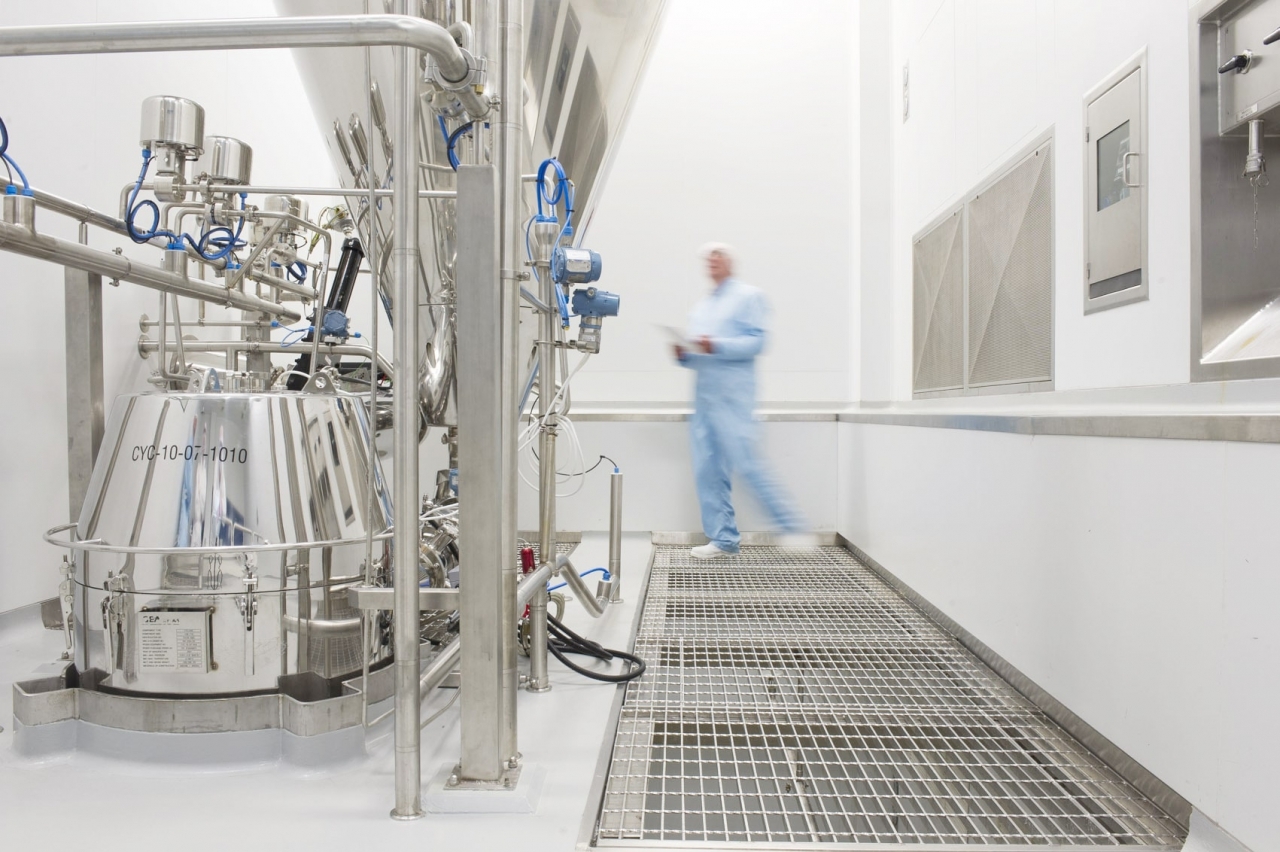
Press Room
AAPS 2019
Start
Sunday, November 03, 2019 - 09:00
End
Wednesday, November 06, 2019 - 09:00
Location:
Texas, United States
Booth Number:
447

If you would like to discuss with us your projects and to find how Hovione can help, schedule a meeting with us. Adam Neunuebel will be pleased to meet you.

HOVIONE POSTERS
| Poster Name / Presentation | Poster Number | Presenter | Presentation Date / Time |
|---|---|---|---|
| Production of Lysozyme-PLGA Particles for Extended Release Using Hot Melt Extrusion Technology |
M1230-02-09 | João Henriques | Nov 4 12.30 pm - 1.30 pm |
| A Fundamental Study on Strain Rate Sensitivity of Spray Dried Solid Dispersions |
M1330-04-23 | João Henriques | Nov 4 1.30 pm - 2.30 pm |
| Statistical Approach on the Key Parameters of a Dosator-Based Capsule Filling Process of Carrier-Based and Spray-Dried Powders – Impact on the In-Vitro Aerodynamic Performance |
M1430-08-50 | Eunice Costa | Nov 4 2.30 pm - 3.30 pm |
| Leveraging Amorphous Solid Dispersion Development in an Integrated API to Tablet Pipeline |
T1130-04-24 | João Henriques | Nov 5 11.30 am - 12.30 am |
| Exploring the Physical Stability of Amorphous Drugs The Thermodynamic Toolbox |
T1130-06-42 | Maria Paisana | Nov 5 11.30 am - 12.30 am |
| A Novel Laser Diffraction Methodology for the Characterization of ASD Speciation Events - An Itraconazole: HPMC AS Case Study |
M1230-03-17 | Maria Paisana | Nov 5 2.30 pm - 3.30 pm |
| Performance Evaluation of ASD-Based Tablets: Can Colloid Formation be Modelled? |
W0930-06-41 | João Henriques | Nov 6 9.30 am - 10.30 am |
| Comparative Evaluation of Pharmaceutical Powders Flow Using Different Analytical Methodologies |
W0930-06-42 | Maria Paisana | Nov 6 9.30 am - 10.30 am |
| Powerful Combination between AQbD and High-Throughput Analytical Toolkit to Support an Efficient RP-LC Method Development |
W1130-06-41 | Maria Paisana | Nov 6 11.30 am - 12.30 am |
You might be also interested in

